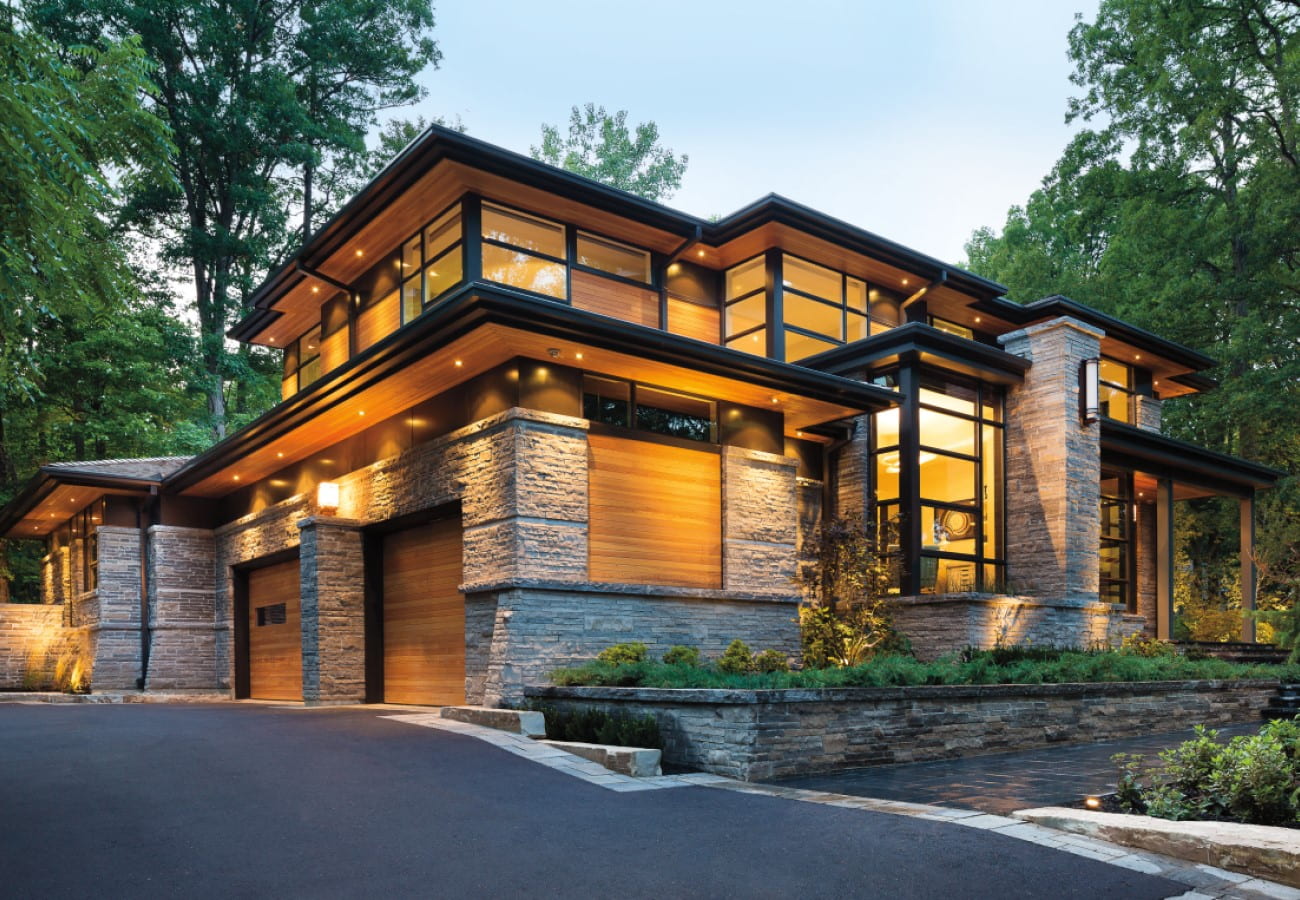Building a home playground is an exciting project that allows parents to provide a safe and fun environment for their children to play. It’s not just about installing slides or swings, but creating a space where kids can explore, learn, and grow. The process involves careful planning, selection of appropriate equipment, and ensuring safety measures.
The first step in building a home playground is the design phase. This involves deciding on the kind of equipment you want to install such as swings, slides, climbing frames or sandboxes. It’s essential to consider the age and interests of your children during this stage. For instance, younger kids might enjoy a sandbox while older ones would prefer climbing frames or basketball hoops.
Next comes site selection. Ideally, the playground should be located where it can be easily viewed from different parts of the house for supervision purposes. The area should be flat with good drainage and free from obstacles like trees or rocks that could pose safety hazards.
Choosing quality materials is crucial when building your home playground. Wood such as cedar or redwood are popular choices due to their durability against weather elements and resistance to insects and decay. However, metal or plastic may also be used depending on personal preferences.
Once you have chosen your materials and equipment type, it’s time for installation which requires some basic construction skills like drilling holes or assembling pieces together following manufacturer instructions.
Safety is paramount in this project so ensure all equipment is securely anchored into place using concrete footings if necessary. Also consider adding protective surfacing around play structures like rubber mulch or wood chips which help cushion falls thereby reducing risk of injury.
It’s also important to regularly inspect your playground for any potential hazards such as loose screws/bolts or worn-out parts that need replacement hence maintaining its safety integrity over time.
Incorporating shade into your design will protect children from harmful sun rays during hot summer days while adding benches provides a comfortable spot for adults supervising playtime activities.
Lastly, remember that a home playground should be fun and engaging. You can add elements of creativity by painting equipment in bright colors or incorporating themes that your children love. Also consider including educational elements like chalkboards for drawing or counting games.
Building a home playground is indeed a rewarding project that not only provides endless hours of fun for your kids but also enhances the aesthetic appeal of your backyard. With careful planning and execution, you can create a safe and exciting play area right in the comfort of your own home.

